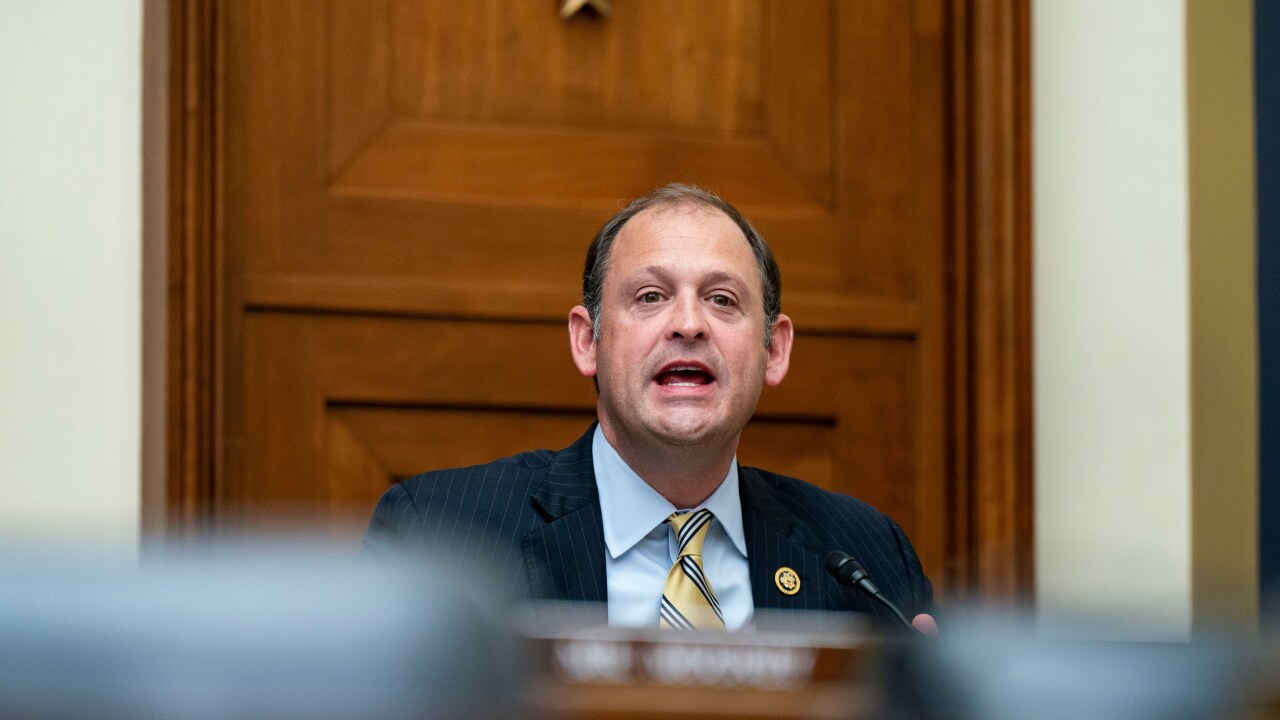Aging demographics and rising retirement liabilities have put Vermont at risk for another credit downgrade.
S&P Global Ratings revised the outlook on Vermont’s AA-plus-rated general obligation bonds to negative from stable Tuesday citing unfavorable population trends constraining the state’s tax revenue growth.

The negative outlook means there is a one-in-three chance S&P could lower Vermont GOs.
In July 2019, Vermont lost its last remaining triple-A rating in a one-notch
Moody’s and Fitch both affirmed their Vermont ratings, with stable outlooks, in June.
S&P credit analyst Jill Legnos noted that Vermont has recorded a cumulative population decline of 0.3% from 2010 to 2019 as the nation's population increased 6.1% over the same period, according to the U.S. Census Bureau.
The state’s population of roughly 624,000 remains among the oldest in the nation and it is unclear if various workforce development initiatives to attract remote workers, along with gains in out-of-state residents during the COVID-19 pandemic, will have any long-term credit impacts, according to Legnos.
“In S&P Global Ratings' view, older-aged states reliant on older and higher-income households are more likely to experience revenue declines, in part the result of falling incomes at retirement,” Legnos said in her report. “On the whole, S&P Global Ratings considers managing demographic trends a long-term factor affecting the credit quality of state governments and an important part of its holistic analysis of state credit quality.”
Vermont is also challenged by “significant” unfunded pension and other postemployment benefits liabilities despite the state's history of meeting or exceeding actuarial determined contribution levels. Legnos said major improvements to the funded status of the state's retirement liabilities would likely require additional budget resources in the near to medium term that could result in fiscal challenges not commensurate with the current rating level.
State Treasurer Beth Pearce said in response to the outlook change that there have been 17 negative revisions of other states by the three major credit rating agencies since the COVID-19 outbreak took hold in March. She said the state is committed to ongoing reforms to improve the state’s demographics trajectory and pension system.
“While the rating has not changed, the negative outlook is an additional wake-up call that we need to address both our demographic changes and pension liabilities,” Pearce said. “We recognize that more work needs to be done to continue to maintain our best in New England bond ratings. Our goal will be to regain our stable outlook, and ultimately achieve a triple-A bond rating.”
Pearce, a Democrat, easily won another term as treasurer in this month's election, in which voters overwhelmingly re-elected Gov. Phil Scott, a Republican.
S&P credited Vermont for enacting forecast updates, annual midyear budget adjustments and consistent reserve levels. The state’s August consensus revenue forecast predicted the general fund would decline by 11.2% in the 2021 fiscal year driven by drops in tax collections caused by the virus, Legnos credited the state with funding reserve accounts at their maximum statutory levels of 5% of the previous year's budgetary appropriations.





